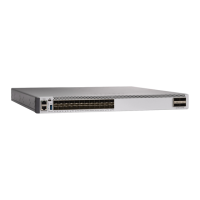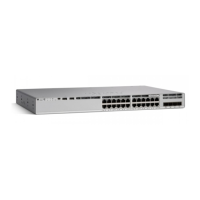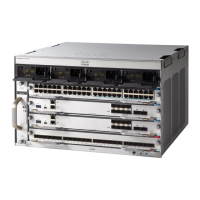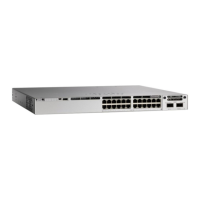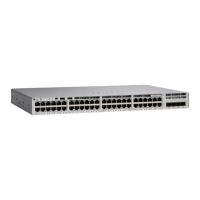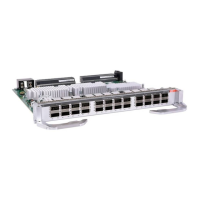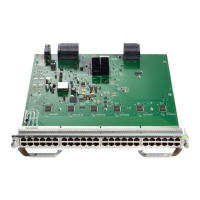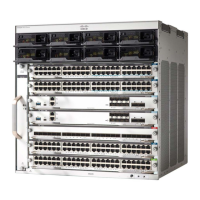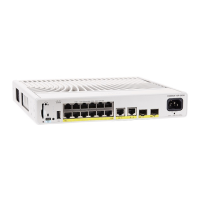Monitoring and Maintaining EIGRP
You can delete neighbors from the neighbor table. You can also display various EIGRP routing statistics. The
table given below lists the privileged EXEC commands for deleting neighbors and displaying statistics. For
explanations of fields in the resulting display, see the Cisco IOS IP Command Reference, Volume 2 of 3:
Routing Protocols, Release 12.4.
Table 12: IP EIGRP Clear and Show Commands
Deletes neighbors from the neighbor table.
clear ip eigrp neighbors [if-address | interface]
Displays information about interfaces configured for
EIGRP.
show ip eigrp interface [interface] [as number]
Displays EIGRP discovered neighbors.
show ip eigrp neighbors [type-number]
Displays the EIGRP topology table for a given
process.
show ip eigrp topology
[autonomous-system-number] | [[ip-address] mask]]
Displays the number of packets sent and received
for all or a specified EIGRP process.
show ip eigrp traffic [autonomous-system-number]
Information About BGP
The Border Gateway Protocol (BGP) is an exterior gateway protocol used to set up an interdomain routing
system that guarantees the loop-free exchange of routing information between autonomous systems.
Autonomous systems are made up of routers that operate under the same administration and that run Interior
Gateway Protocols (IGPs), such as RIP or OSPF, within their boundaries and that interconnect by using an
Exterior Gateway Protocol (EGP). BGP Version 4 is the standard EGP for interdomain routing in the Internet.
The protocol is defined in RFCs 1163, 1267, and 1771. You can find detailed information about BGP in
Internet Routing Architectures, published by Cisco Press, and in the “Configuring BGP” chapter in the Cisco
IP and IP Routing Configuration Guide.
For details about BGP commands and keywords, see the “IP Routing Protocols” part of the Cisco IOS IP
Command Reference, Volume 2 of 3: Routing Protocols .
BGP Network Topology
Routers that belong to the same autonomous system (AS) and that exchange BGP updates run internal BGP
(IBGP), and routers that belong to different autonomous systems and that exchange BGP updates run external
BGP (EBGP). Most configuration commands are the same for configuring EBGP and IBGP. The difference
Routing Configuration Guide, Cisco IOS XE Everest 16.6.x (Catalyst 9500 Switches)
115
Configuring IP Unicast Routing
Monitoring and Maintaining EIGRP
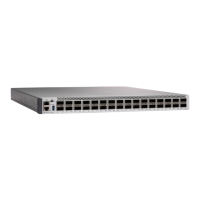
